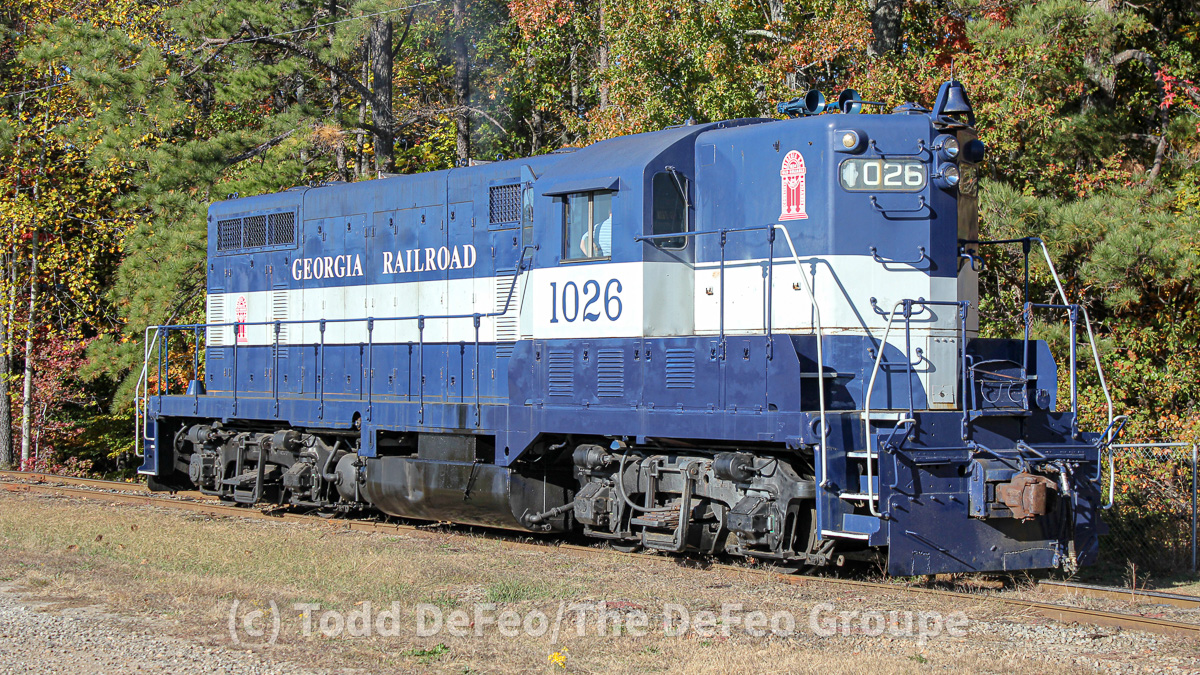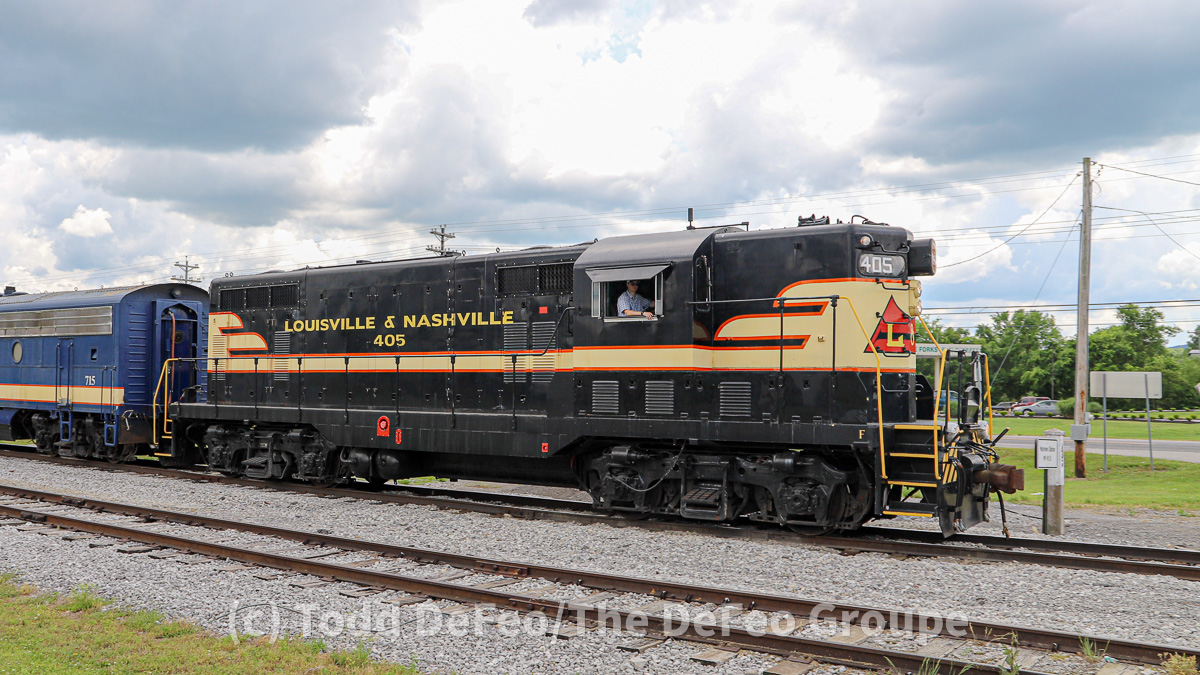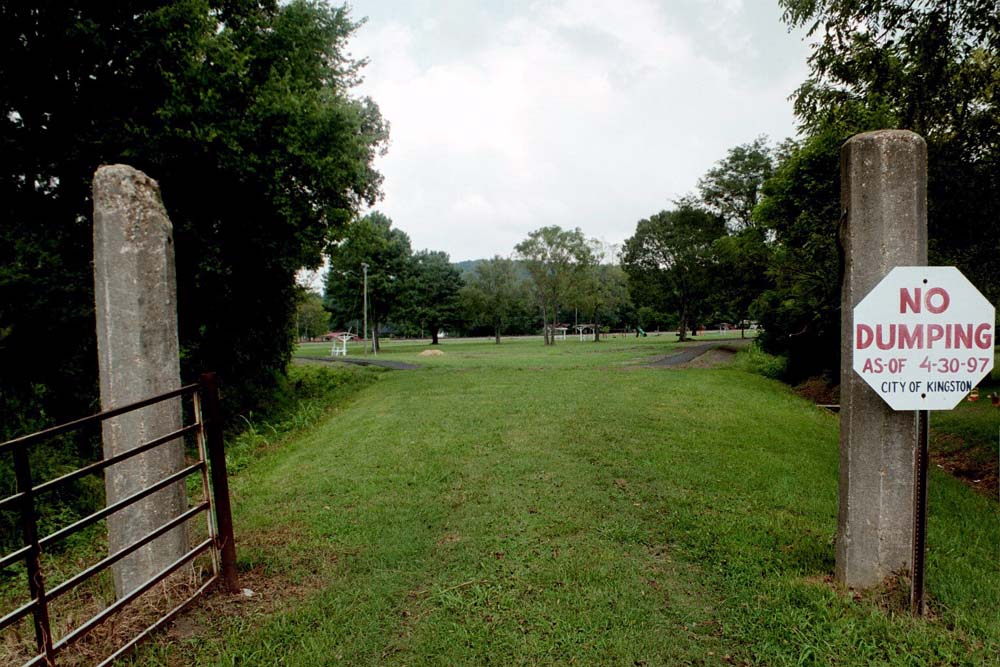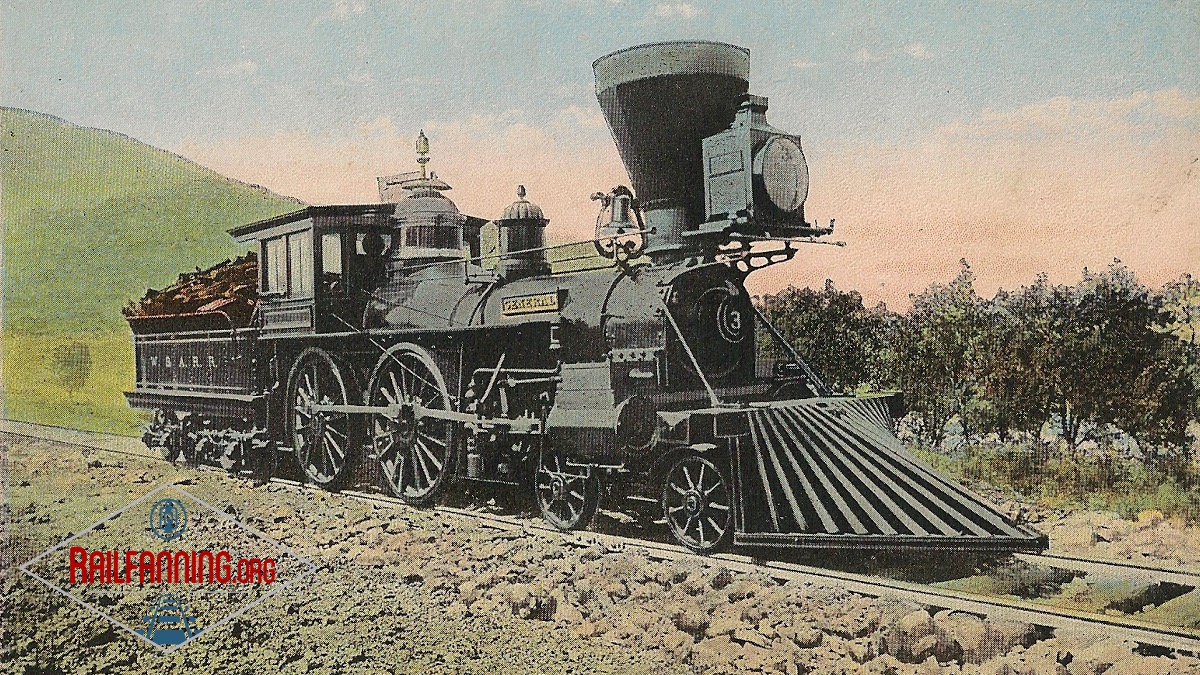The Tennessee state legislature chartered the Edgefield & Kentucky Railroad on Feb. 13, 1852, to build a line between Edgefield Junction near Nashville, Tennessee, and the Tennessee-Kentucky state line (Guthrie, Kentucky). The railroad completed its line toward the end of 1859. It consolidated with the Evansville, Henderson & Nashville Railroad, chartered in 1867, in 1871. In 1879, the Louisville & Nashville Railroad purchased the Evansville, Henderson & Nashville.
The Georgia, Carolina & Northern Railway was founded in 1886 to build a line between Atlanta, Georgia, and Monroe, North Carolina. Construction on the line started in 1887 in North Carolina, and by 1892 the railroad had nearly completed its plan. However, a court injunction halted its progress into Atlanta, and the Georgia, Carolina & Northern developed the Seaboard Air Line Belt Railroad, running eight miles from Belt Junction, Georgia, to the Nashville, Chattanooga & St. Louis Railway, which it used to reach Atlanta. In 1898, Georgia, Carolina & Northern acquired the Loganville & Lawrenceville Railroad. Three years later, in 1901, the Georgia, Carolina & Northern merged into the Seaboard Air Line Railway.
The Georgia Railroad was among the first railroads in the state and operated until the 1980s. The impetus for the Georgia Railroad was the South Carolina Canal and Railroad Company, chartered on December 19, 1827, and opened in 1830. The Georgia Railroad was formally chartered on December 21, 1833, to build a road from Augusta to a point where it would connect with branches to Athens, Madison and Eatonton. The Georgia Railroad constructed branches to Athens and Madison but not Eatonton. The charter was later amended to extend the Madison line to Atlanta to connect with the Western & Atlantic Railroad. Work on the road started in Augusta in 1835, and it was completed in Greensboro in 1838, Athens in 1840, and Madison in 1841. The 171-mile-long line reached Atlanta in 1845. The first passengers would ride the train as far as the line extended, then transfer to horse-drawn coaches for the remainder of their trip. The cost of construction was nearly $3.3 million. It eventually merged into the Family Lines System.
The Louisville & Nashville Railroad (L&N) was incorporated in 1850 and built a rail line between Louisville, Kentucky and Nashville, Tennessee. Over time, it built or purchased various branches. In 1902, financier J.P. Morgan delivered control of the Louisville & Nashville to its rival, the Atlantic Coast Line Railroad. However, the Louisville & Nashville continued to operate independently. In 1971, the Atlantic Coast Line Railroad's successor, the Seaboard Coast Line Railroad, purchased the remainder of the Louisville & Nashville shares it did not own, making the company a subsidiary. By 1982, the Seaboard Coast Line absorbed the Louisville & Nashville Railroad. In 1986, the Seaboard System merged with the Chesapeake and Ohio Railway and the Baltimore & Ohio Railroad to form the Chessie System. The combined company became CSX Transportation.
The state of Tennessee chartered the Memphis, Clarksville & Louisville Railroad to build a line between Paris, Tennessee, and the Tennessee-Kentucky state line. The railroad would connect with the Memphis & Ohio in Paris, Tennessee, and the Louisville & Nashville's Memphis Branch at Guthrie, Kentucky, to create a Louisville-to-Memphis line. The railroad began operations in 1859 and completed its line in November 1861. The Louisville & Nashville supported the Memphis, Clarksville & Louisville from its inception, and the Louisville & Nashville purchased the Memphis, Clarksville & Louisville in 1871.
On February 4, 1852, the state of Tennessee chartered the Nashville & Memphis Railroad to build a line between Memphis and Paris, Tennessee, roughly 60 miles west of Clarksville and 130 miles east of Memphis. On Dec. 16, 1853, the Tennessee Legislature passed an act allowing the railroad to change its name to the Memphis & Louisville Railroad. On Jan. 24, 1854, the railroad's board of directors decided to change its name once again, this time to the Memphis & Ohio. The line would ultimately connect with the Memphis, Clarksville & Louisville at Paris. The Louisville & Nashville seized an opportunity to buy the line on July 1, 1867, after the Memphis & Ohio Railroad defaulted on its interest payments.
The Nashville, Chattanooga & St. Louis Railway began as the Nashville & Chattanooga Railroad, chartered in Nashville, Tennessee, on December 11, 1845. Built to five-foot gauge, the Nashville, Chattanooga & St. Louis was the first railway to operate in Tennessee. In 1880, the Louisville & Nashville Railroad took a controlling interest through a hostile stock takeover. The railroads operated separately until merging in 1957.
The Nashville & Chattanooga Railroad was chartered on Dec. 11, 1845, to build a five-foot gauge line between its two namesake cities and was Tennessee’s first railroad. Its first train, pulled by a locomotive named Tennessee, operated in April 1851 between Nashville and Antioch. After the Civil War, the railroad acquired other companies, and in 1873, the company amended its name to the larger sounding Nashville, Chattanooga & St. Louis Railway. Despite its new name, the railroad did not St. Louis, and in 1880, the rival Louisville & Nashville Railroad obtained a controlling interest in the Nashville, Chattanooga & St. Louis Railway. However, the two lines remained independent until they merged in 1957.
The Rome Railroad incorporated in December 1839 as the Memphis Branch Railroad and Steamboat Company of Georgia. The 18-mile-long line opened in December 1849 between Rome and Kingston, Georgia, where it interchanged with the Western & Atlantic Railroad. The Nashville, Chattanooga & St. Louis Railway purchased the railroad circa 1894 and effectively operated it as an extension Western & Atlantic, which it leased from the state of Georgia starting in 1890. A Rome Railroad locomotive, the William R. Smith, played an important role in the Great Locomotive Chase of 1862 during the Civil War. The Interstate Commerce Commission granted approval for the railroad to abandon the line in 1943.
The Seaboard Air Line Belt Railroad began after a court barred the Georgia, Carolina & Northern Railway, building toward Atlanta from Monroe, North Carolina, from building into Atlanta in 1892. The belt line was chartered in 1892 to build an eight-mile-long line between the Nashville, Chattanooga & St. Louis Railway (the Western & Atlantic Railroad) at Howells and Belt Junction, Georgia, located near Emory University. The Georgia, Carolina & Northern used Nashville, Chattanooga & St. Louis tracks to enter Atlanta.
The state of Georgia chartered the Western & Atlantic Railroad on December 21, 1836, and the state-owned line eventually built a railroad between Atlanta and Chattanooga, Tennessee. The railroad, which formally opened on May 9, 1850, was instrumental for the founding and location of Atlanta, helping it grow from railroad crossroads to a logistics hub. The Western & Atlantic was an integral road during the Civil War. On April 12, 1862, Union spies stole a locomotive with the intent of destroying the line. The state leased the line to a private company for the first time in 1870. CSX Transportation currently leases the line from the state of Georgia.




